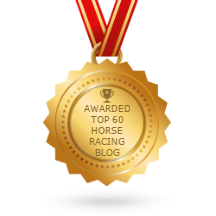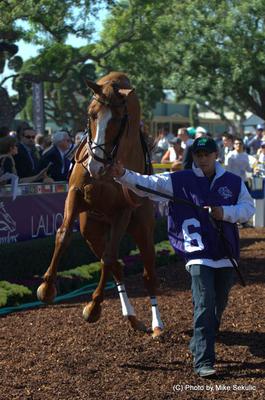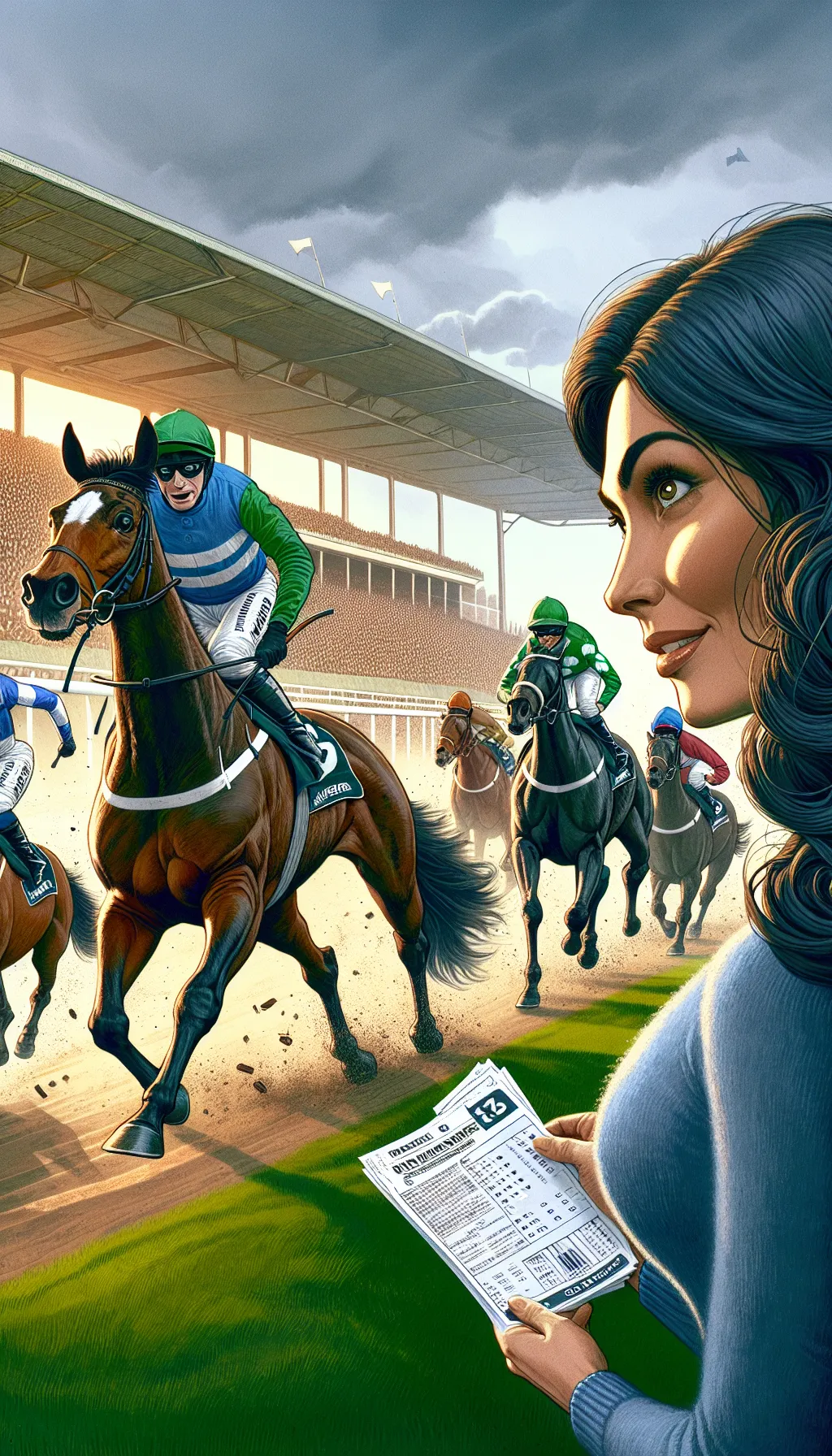Nose Bands
by Omar Vela
(1502 roma tx.78584)
If a horse lifts its head too much, is the noseband helpful?
Answer: There are several uses for a horse noseband :
1. To keep the horse's mouth closed which ensures they breathe through the nose, which is preferable, and to keep the bit in place.
2. A strong noseband helps the jockey discourage a horse from pulling too hard which can compromise its chances in a race.
3. It can be used as an attachment for other aids; a martingale fitted to the underside and then down to the saddle girth prevents a horse from throwing its head up and is used mainly by show horses.
A frequent attachment for race horses is a sheepskin fleece known as a 'shadow roll'. This obscures its view of the ground and thus prevents it from jumping shadows or other marks.
4. It is useful as a training aid for young horses who are still adjusting to the presence of a bit in the mouth. Without the restraining influence of a noseband the rider would rely entirely on the bit which can upset and damage the mouth of a horse that pulls for its head.
5. For show horses the position of the noseband contributes to the appearance of the horse's head. By placing it high you can improve the look of a long face. The use of a wide band renders an ungainly head more delicate.
Some comments on the use of nosebands by industry experts:
A ‘normal’ noseband is purely cosmetic. If properly selected it can improve the look of the horse’s head. They come in various weights of leather and can have fancy stitching or even bling.
Common in racing you see sheepskin covered which will restrict vision ahead if the head is raised above a certain level. This encourages the horse to keep the head lower when jumping (better and safer for the rider) but does not actually restrict him if he should stumble and need to throw the head up to re-balance.
A cross-over, figure of 8 or grackle helps to prevent the horse from crossing his jaw and evading the bit ie running away. They also help with opening the mouth which results in a dry mouth and again lack of control for the rider.
Sally Roberts - horse trainer, events rider and breeder.
During my time as a Trainer I found a ring bit with a drop nose band was very effective on hard pullers and also if they had a palate issue, like everything, it didn't work on all but I used to try this first before going to a tongue tie ( which I'm not a fan of.
Mark Pitman - Vice Chairman at Racing Syndicates And Clubs Association RSACA
Horse racing expert, Kim Brassey, says that it should be noted that some horse trainers dispense with the noseband altogether, especially in flat racing and endurance riding.
Nosebands help the jockey to tuck the horse’s nose down and from getting the bit over their tongue. The Dextor run out bit has been used by many great runners including the likes of Nervous John.
I saw a horse bolt coming out of a bend at Arlington, careering across the north parking lot and ending up at a Mickeydees; the shock on those diners faces!
Psyche Rankin, Owner, Sidiboarani Rhodesian
Ridgebacks.
Nosebands help riders prevent a horse from throwing his head up while in show jumping and dressage it's a tool used to tuck the horse into himself from head to shoulder to leg.
Charlotte Clarke, Media and Journalism, GCD.
The 'shadow roll' or sheepskin/fleece noseband prevents the horse from being able to see downwards, keeping it focussed better on what is directly ahead. A 'crossed noseband' or 'Australian noseband' is formed from two crossed strips of leather, the lower strip going under the horse's jaw and in front of the bit. In the middle, there's a little roundel of padded leather, which applies pressure to the horse's septum. This prevents a horse which is pulling hard from opening its mouth.
Horses can wear the shadow roll, blinkers or visors, and a tongue-tie but mostly the best horses will dispense with these aids completely.
Jason Reed, Thoroughbred Scout.
When I was working with the well known trainer J. Bowes Bond, every 2 yr. old started out in a rubber D bit and a noseband. If the bit comes off the teeth, the head goes up and all control is lost.
Young horses need a decent horse breaker...if this is done gently with kindness there should be no need for gear to hold their heads up or down apart from a snaffle bit and a breastplate to stop the saddle slipping.
Karen Remetis, Founder: www.theurbanmattersseries.co.nz
Nosebands can be useful or decorative. If it is across the face, just under the cheekbones of the horse, it is decoration.
Jon Horley, Racecourse steward at plumptonracecourse.co.uk/
The 'shadow roll' noseband is secured between the eyes and the nose. Its primary purpose is to keep the horse from seeing "shadows" on the ground when running. They may also try to jump things like a newspaper or the tracks left by the starting gate. The big white shadow roll worn by the talented turf racer, John Henry, was a trademark of his.
M. Scott McMannis, Owner/Publisher at Racing Research Reports
Click here to post comments which will appear on the page under the original Post

You Might Like These
Kentucky Derby Odds: Will there be a hometown favorite?
Preakness Stakes Odds: Will the champions face fresh challengers?
Belmont Stakes Odds: At 1½ miles, stamina becomes the great equalizer as longshots can threaten.
Breeders' Cup Odds: International talent collides with American speed, reshuffling expectations across the board.
Dubai World Cup Odds: Under desert lights, can a Japanese sensation prevail against the world's elite.
Pegasus Cup Odds: Retirement beckons for champions seeking one final payday at America's richest race.
Bet on Horses: Every wager tells a story of hope against mathematical probability.
Kentucky Derby Betting: Beneath fancy hats and mint juleps, fortunes change hands with each thundering hoof.
Preakness Stakes Betting: The middle jewel rewards those who recognize when Derby form holds true.
Belmont Stakes Betting: Distance separates champions from pretenders when the final furlong tests them all.
Breeders Cup Betting: Global racing converges for two days where value hides in plain sight.

Returns Policy: Once a customer has agreed to pay for a product or service no returns will be permitted or payments returned.
All PayPal transactions are subject to the PayPal Privacy Policy
Privacy Policy: Personal details provided to this site by an individual may be shared with third parties unless requested otherwise.
Above policies updated 15 March 2018




